Flowering shrubs are a wonderful addition to any garden, adding color, fragrance, and beauty throughout the seasons. In West Michigan, where the climate can vary, selecting the right companion plants for popular flowering shrubs can help create a visually stunning and thriving landscape. Here are some companion plant suggestions that you can incorporate into your West Michigan garden to complement these beautiful flowering shrubs:
Hydrangeas
Hydrangeas are known for their large, showy blooms that come in a variety of colors. To enhance the beauty of hydrangeas, consider planting companion plants like hostas, ferns, and astilbes. Hostas provide a lush, green backdrop to hydrangea blooms and thrive in the shade provided by the shrubs. Ferns add a touch of elegance with their feathery fronds and create a natural woodland feel. Astilbes offer delicate, colorful flowers that bloom in shades of pink, red, and white, adding interest and texture to the garden bed.
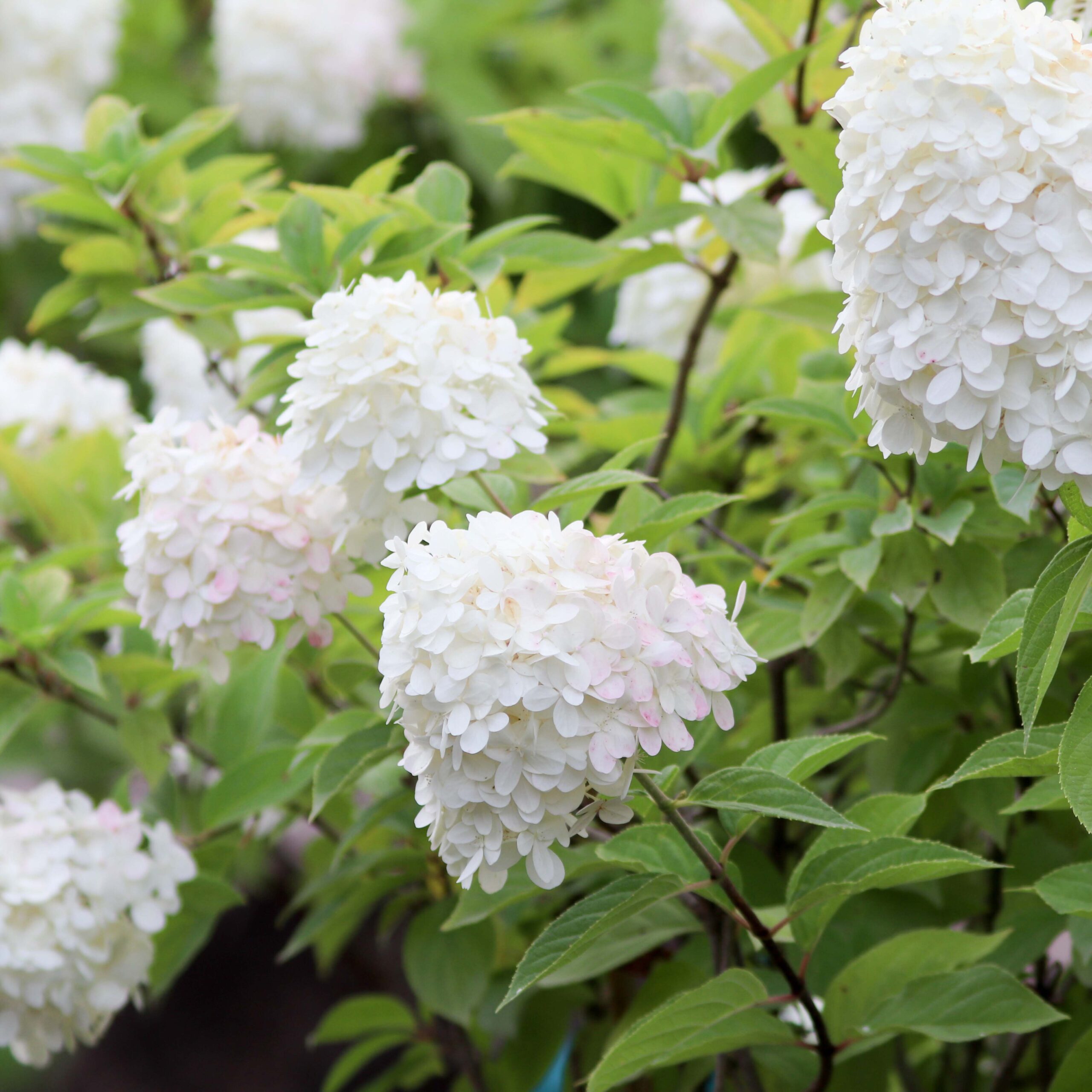

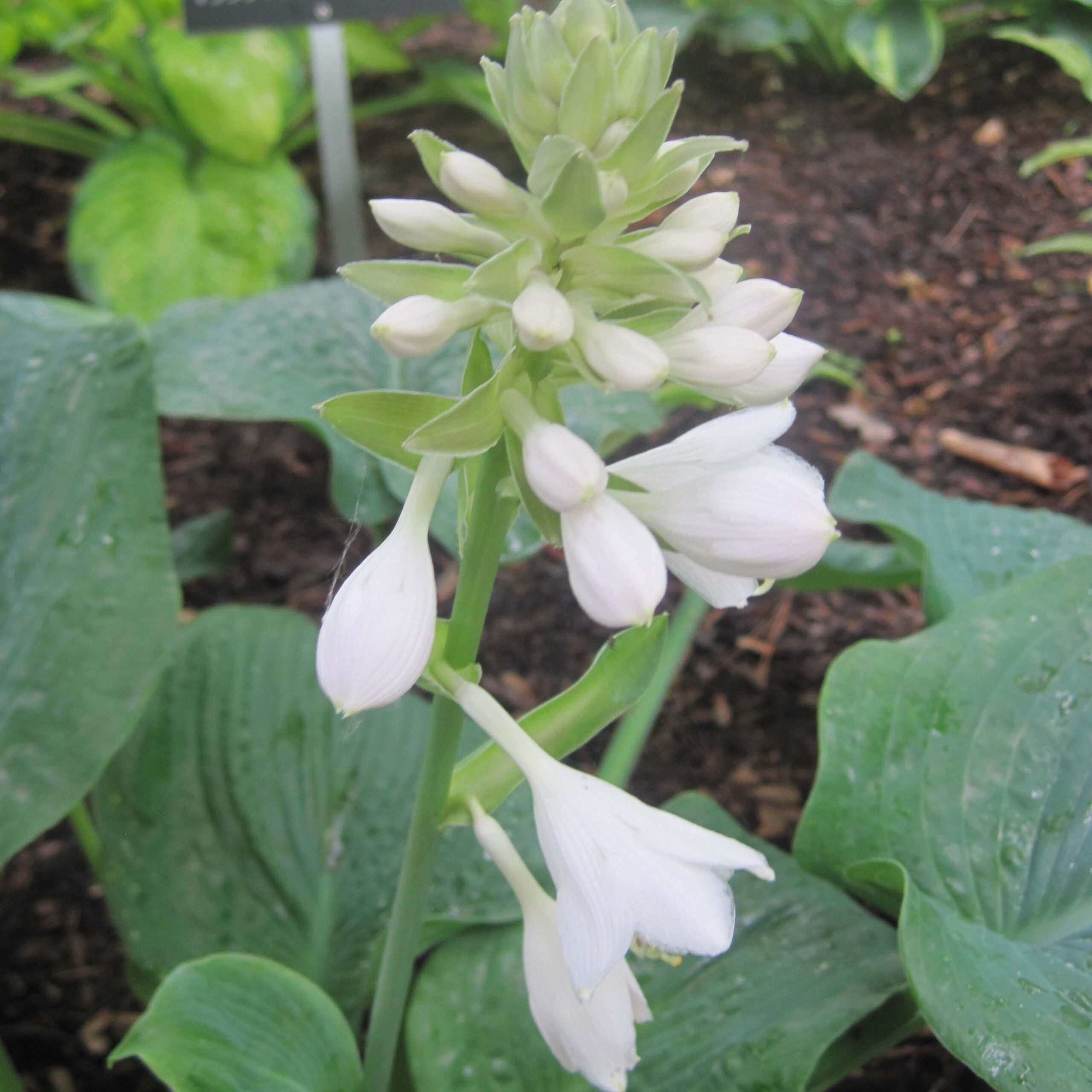
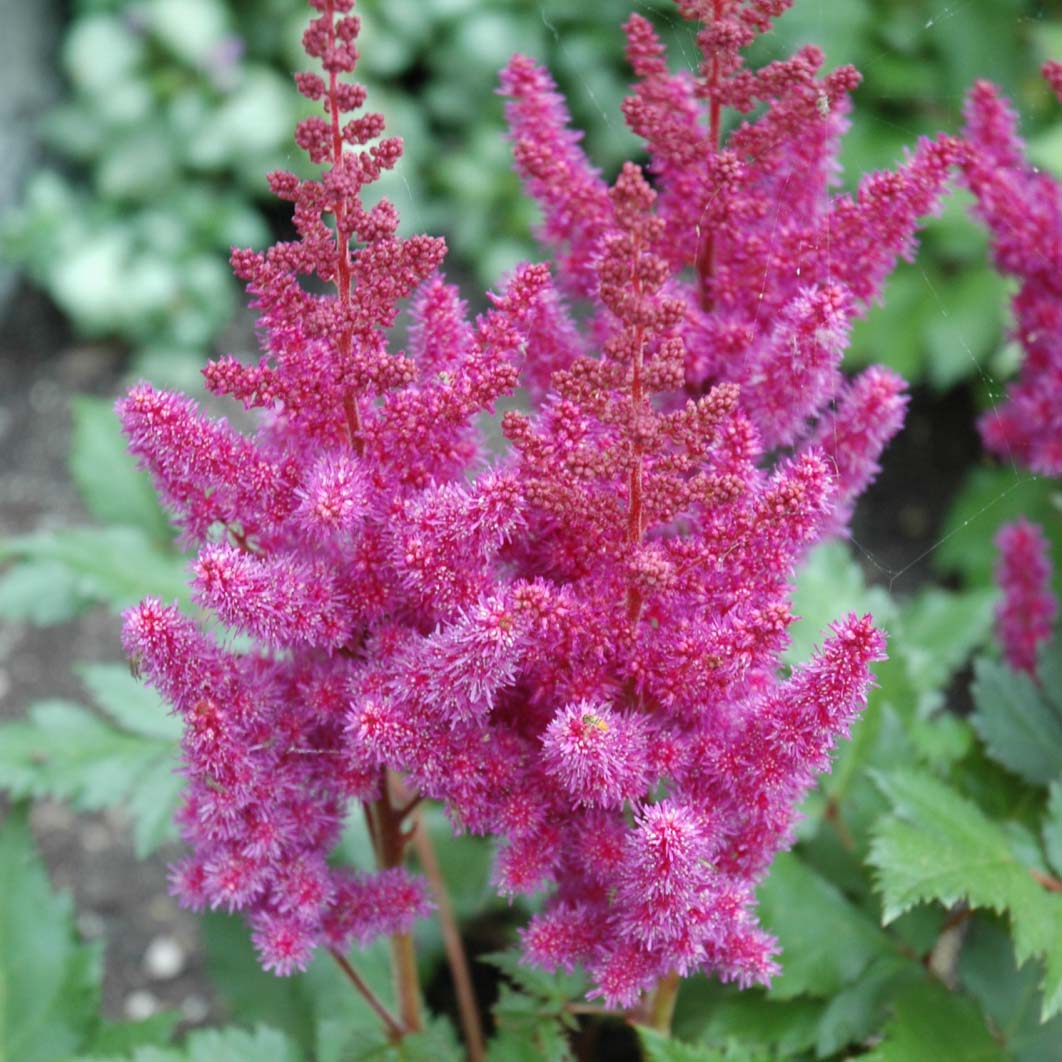
Weigelas
Weigelas are versatile shrubs with colorful, trumpet-shaped flowers that bloom in spring and summer. To complement weigelas, consider planting companion plants like spireas, daylilies, and salvia. Spireas offer delicate, clustered flowers in shades of pink, white, or red that complement the showy blooms of weigelas. Daylilies provide a burst of color with their trumpet-shaped flowers in various hues and bloom throughout the summer, extending the season of interest in the garden. Salvia attracts pollinators and adds vertical interest to the garden bed with its spiky blooms in shades of blue, purple, or red.
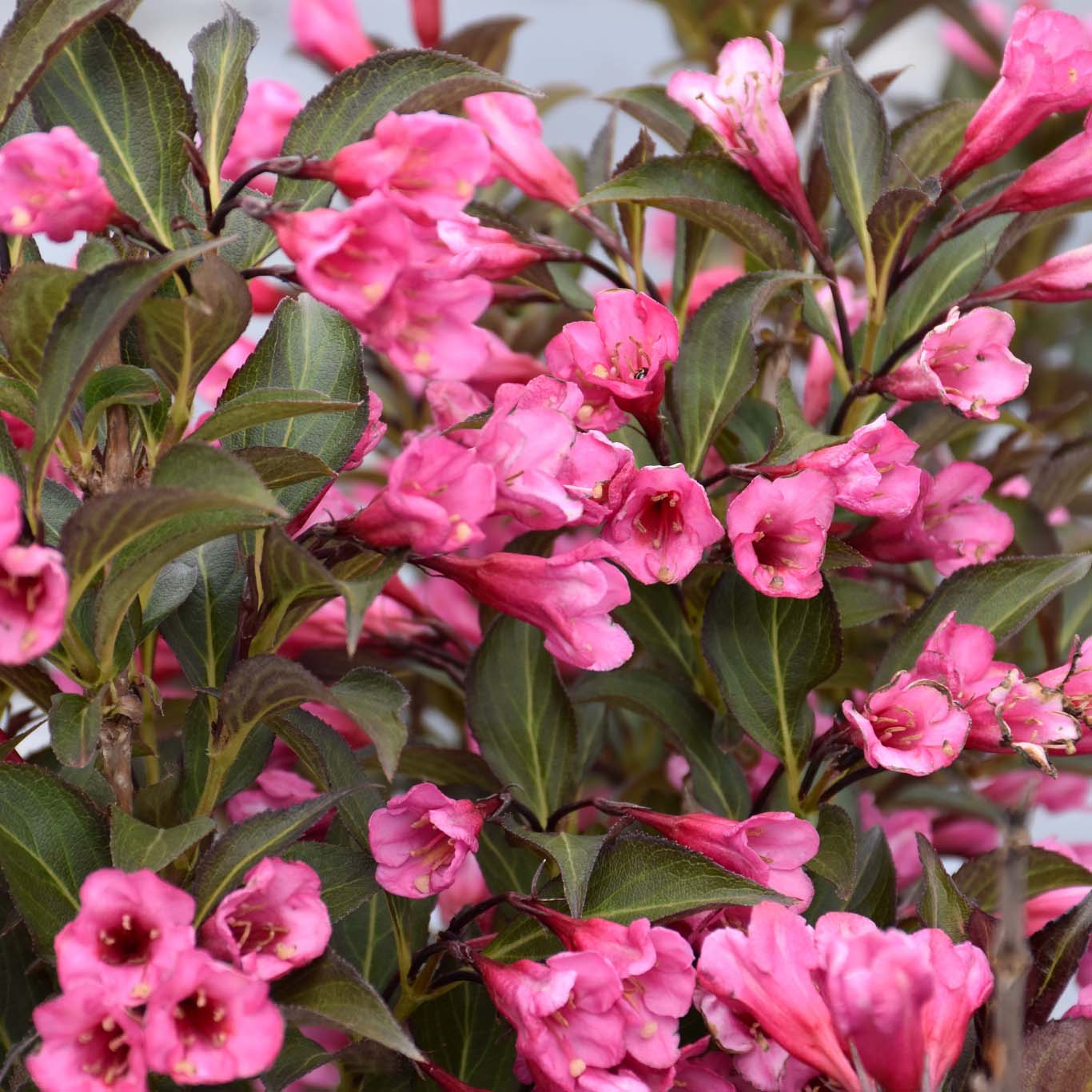
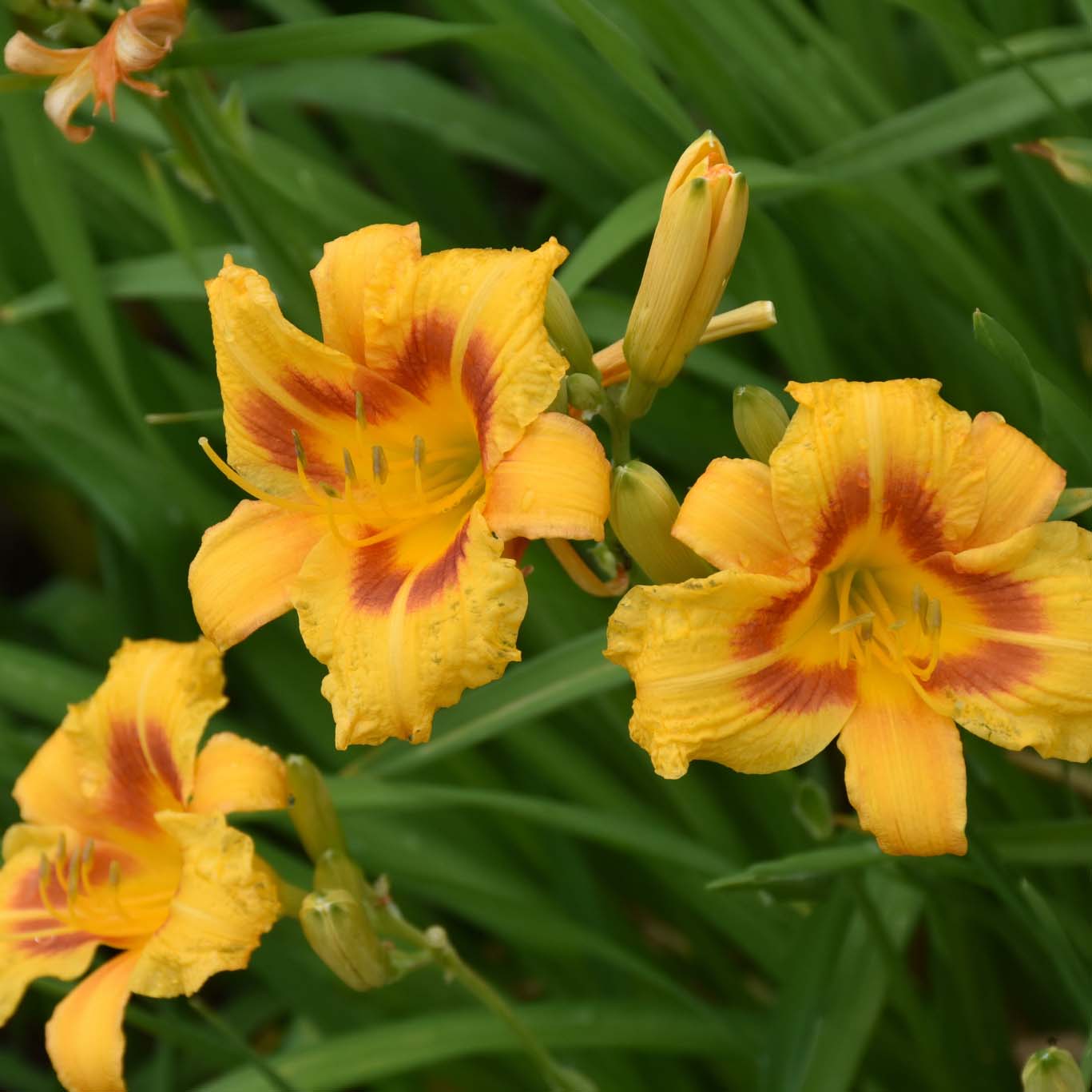
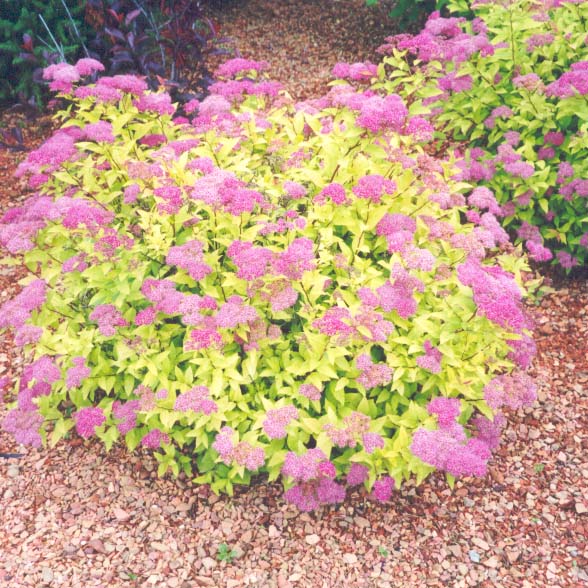
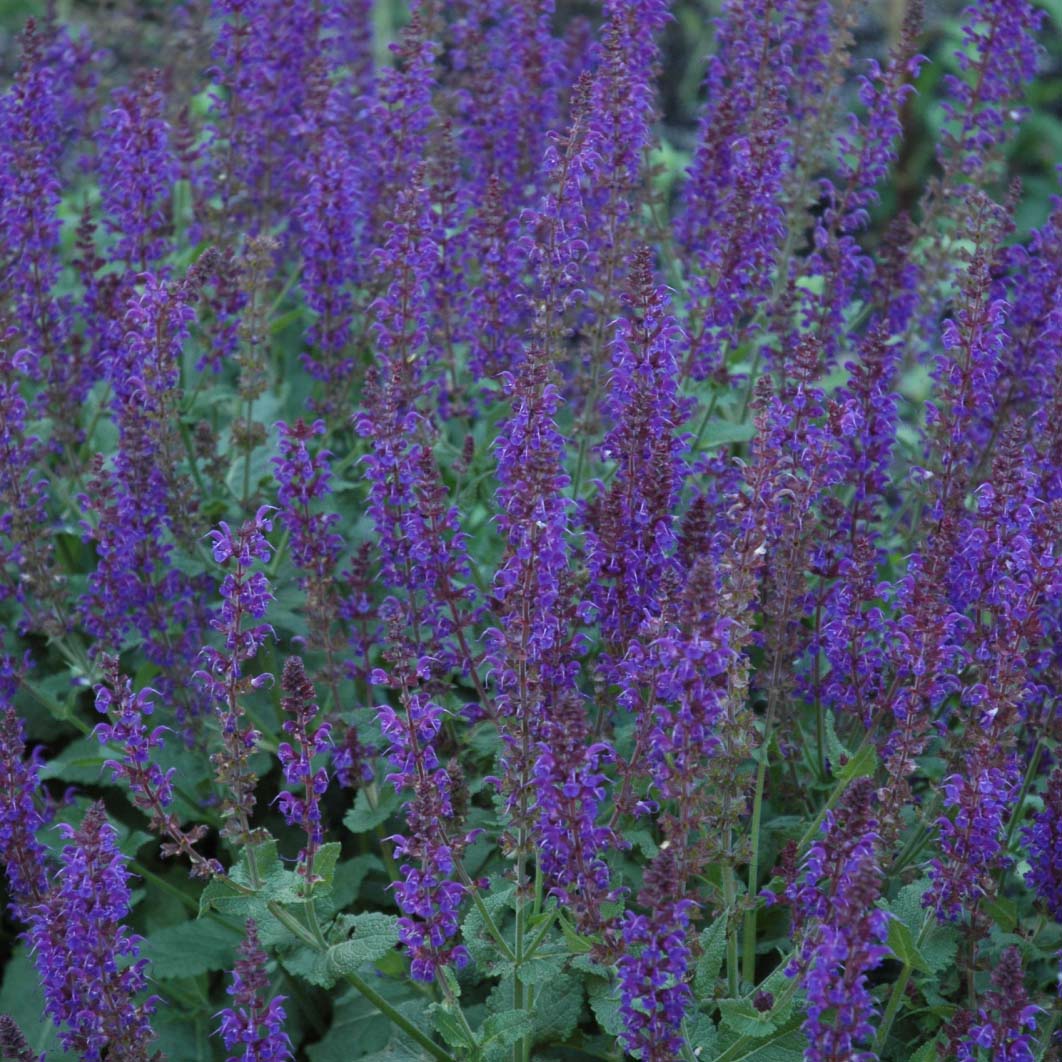
Lilacs
Lilacs are beloved for their fragrant, spring-blooming flowers and attractive foliage. To enhance the beauty of lilacs, consider planting companion plants like peonies, irises, and catmint. Peonies offer large, showy blooms in a range of colors that bloom in late spring to early summer, creating a stunning display alongside lilacs. Irises provide vertical interest with their sword-shaped foliage and colorful, ruffled blooms that complement the rounded form of lilac shrubs. Catmint offers fragrant foliage and spikes of lavender-blue flowers that attract pollinators and add a soft, billowy texture to the garden bed.



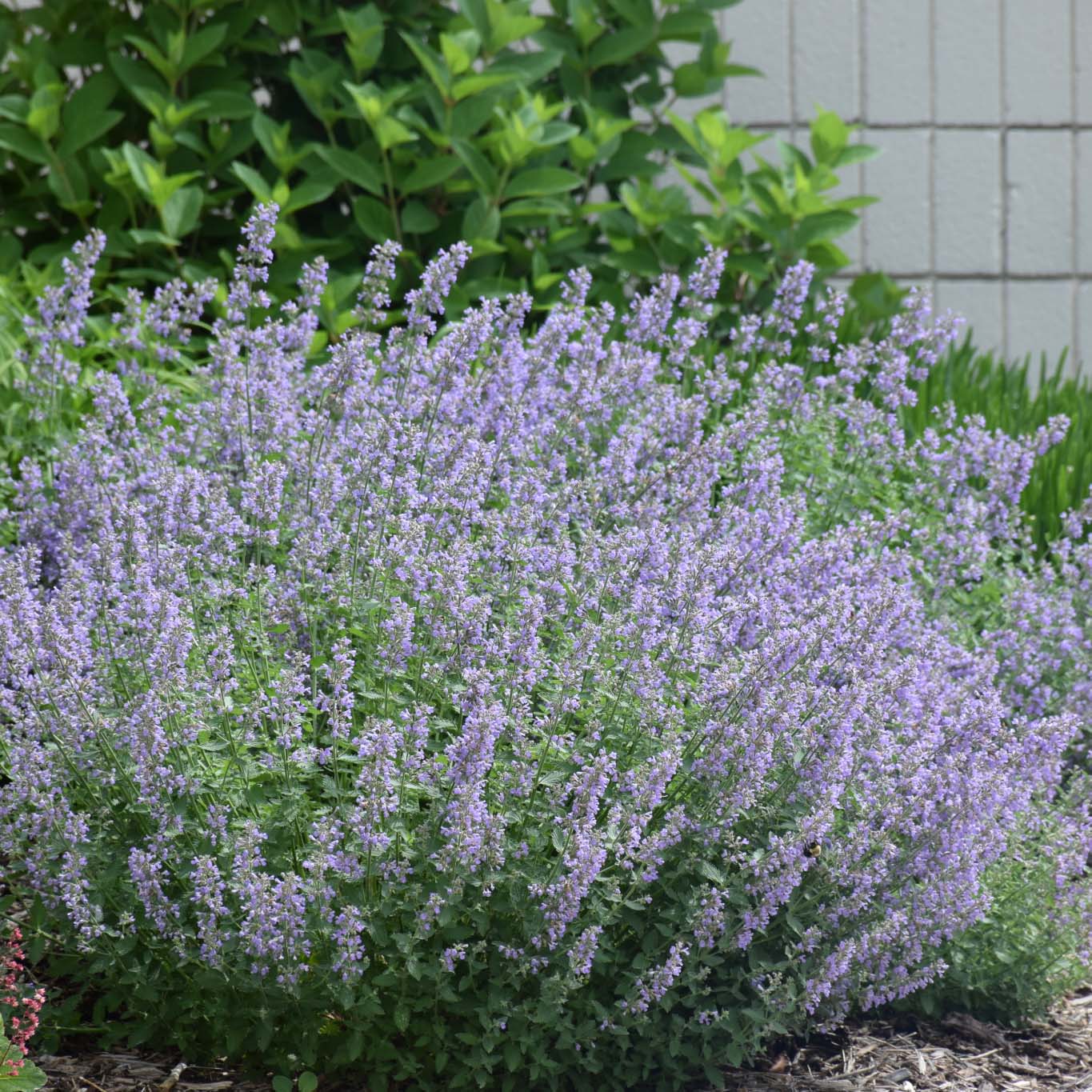
Viburnums
Viburnums are versatile shrubs that offer clusters of fragrant flowers, colorful berries, and attractive foliage. To complement viburnums, consider planting companion plants like ferns, heucheras, and asters. Ferns provide a lush, green backdrop to viburnum blooms and thrive in the shade provided by the shrubs. Heucheras offer colorful foliage in shades of green, purple, or silver that contrasts nicely with the viburnum’s blooms and berries. Asters provide late-season color with their daisy-like flowers in shades of pink, purple, or white, attracting pollinators and extending the season of interest in the garden.
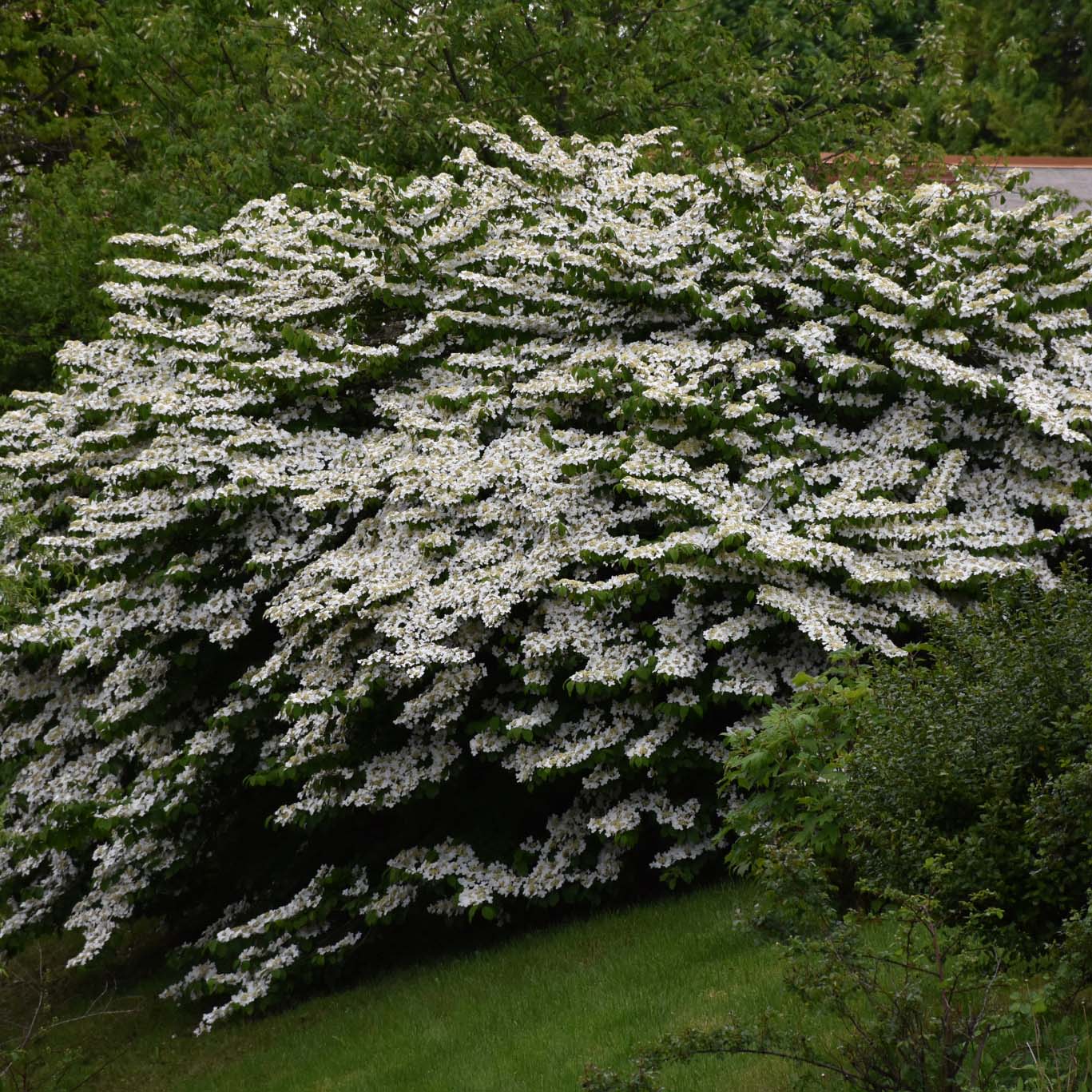
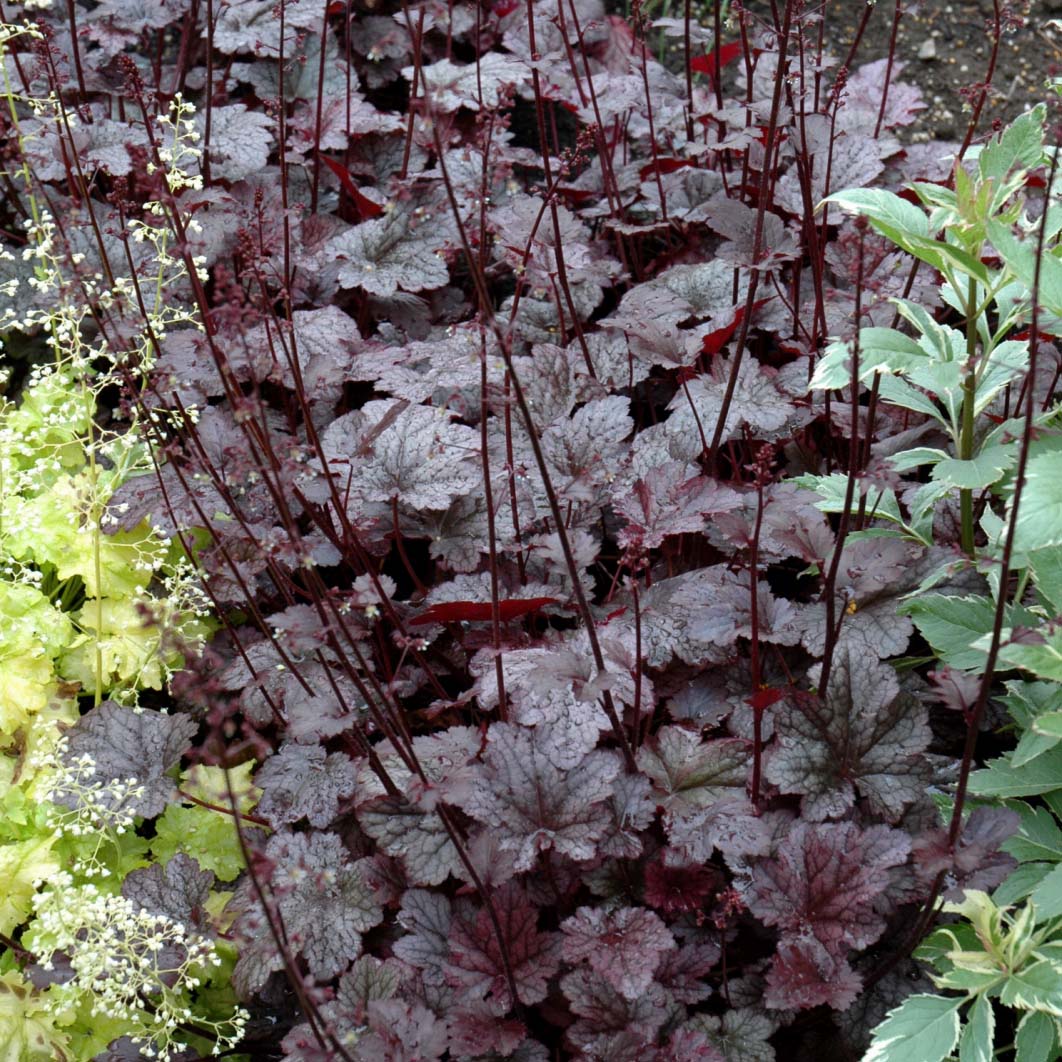
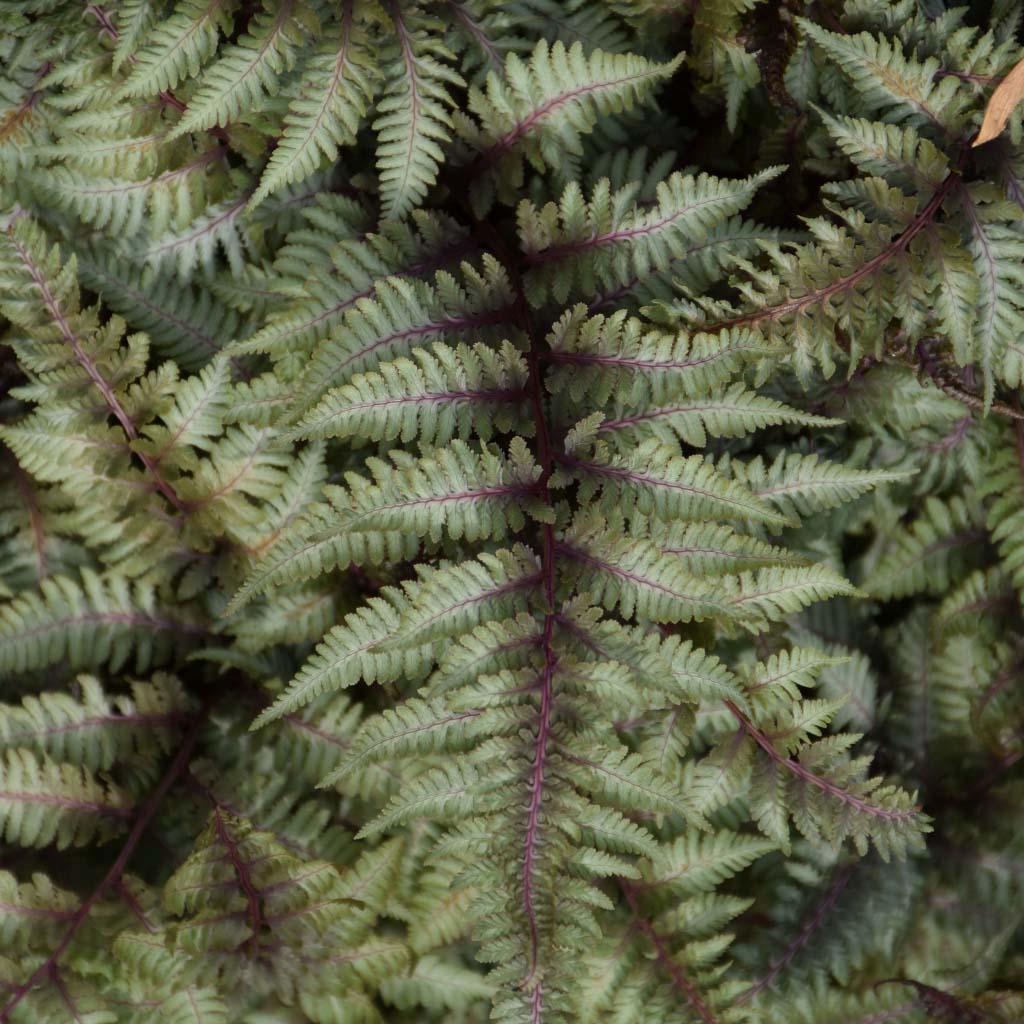

Spireas
Spireas are known for their profusion of delicate flowers that bloom in shades of pink, white, or red. To enhance the beauty of spireas, consider planting companion plants like coneflowers, black-eyed susans, and ornamental grasses. Coneflowers provide a burst of color with their daisy-like blooms in shades of pink, orange, and purple that contrast nicely with the spireas’ blooms. Black-eyed susans offer cheerful yellow flowers that bloom throughout the summer, attracting pollinators and adding a pop of color to the garden bed. Ornamental grasses like switchgrass or feather reed grass provide a vertical element to the garden and add movement with their swaying foliage.
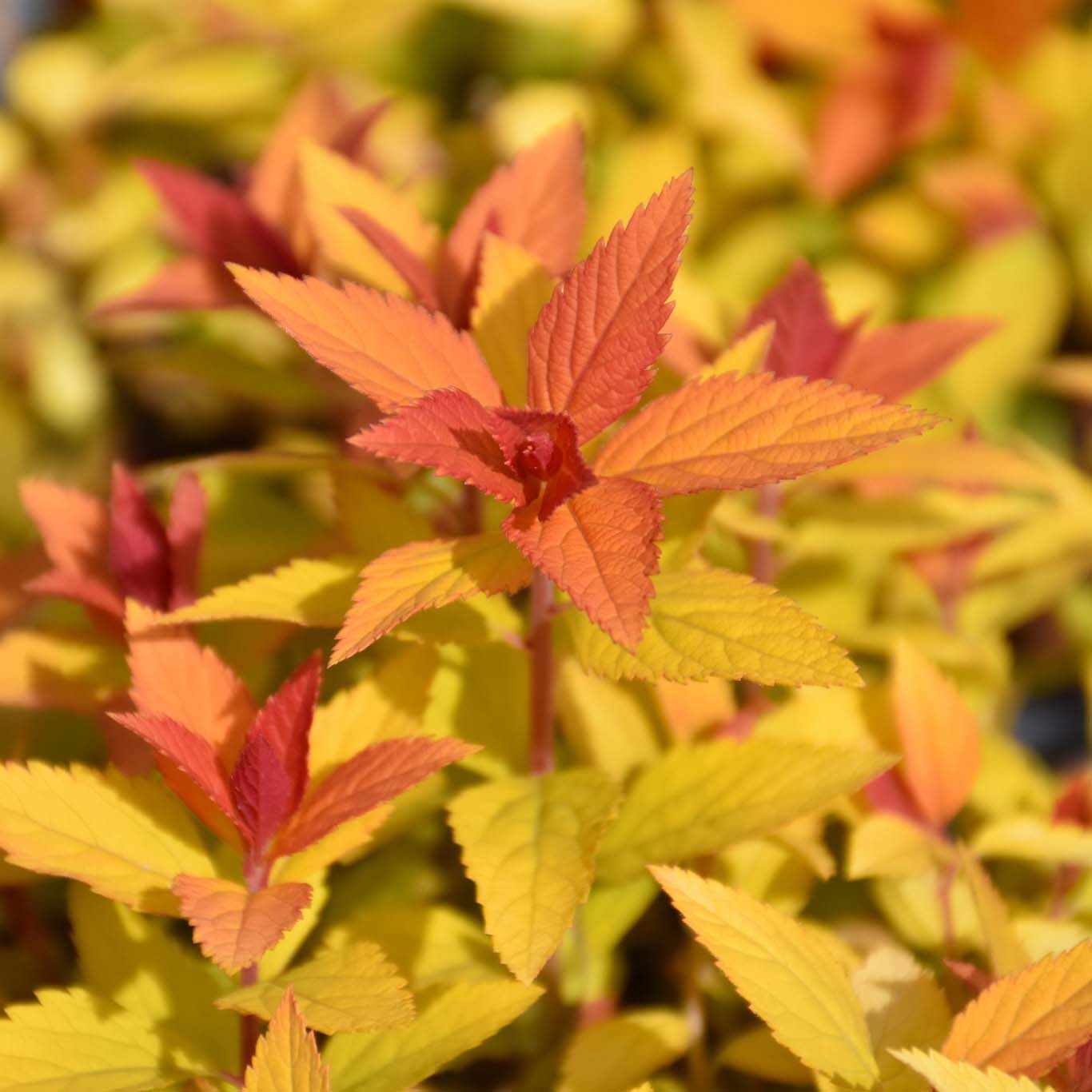
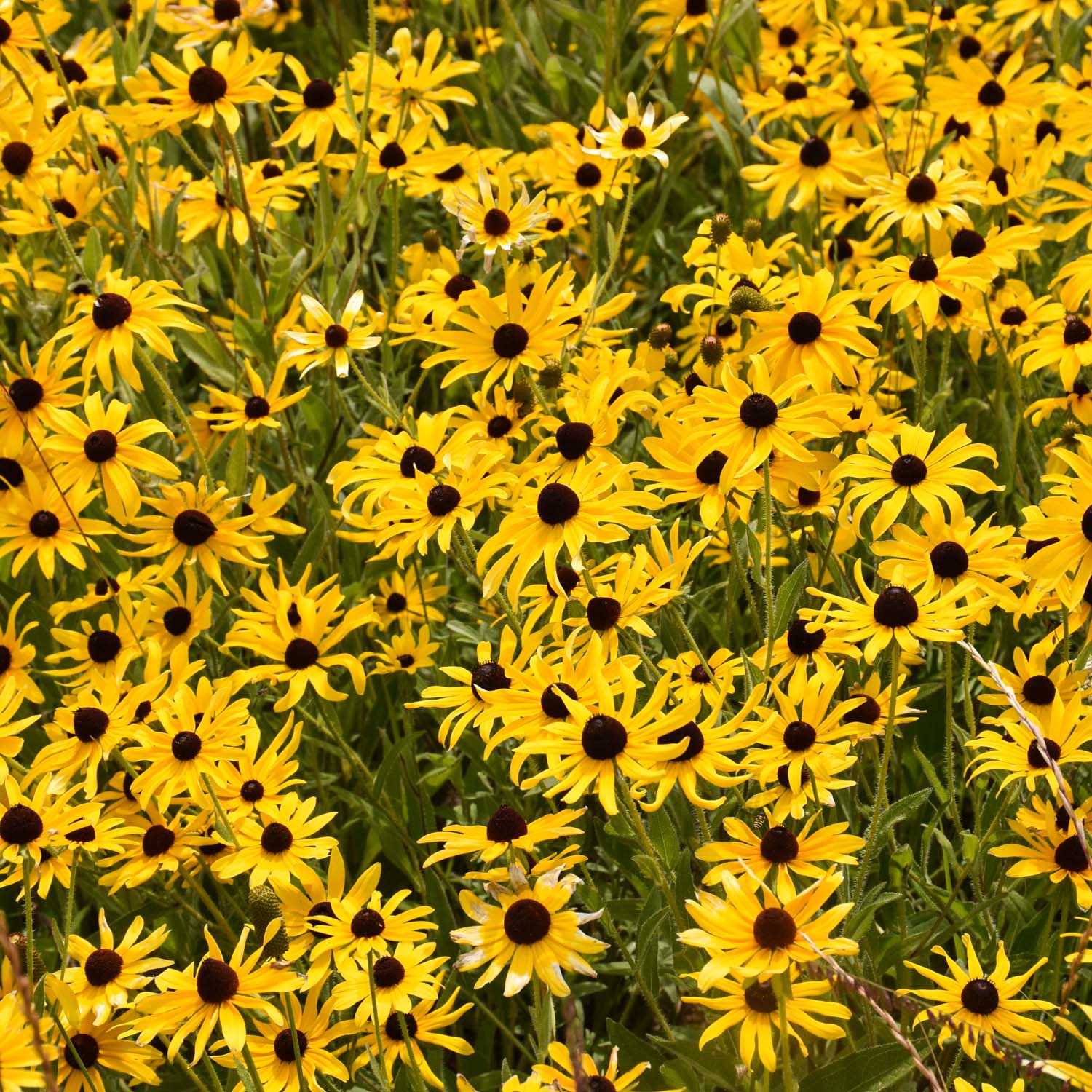
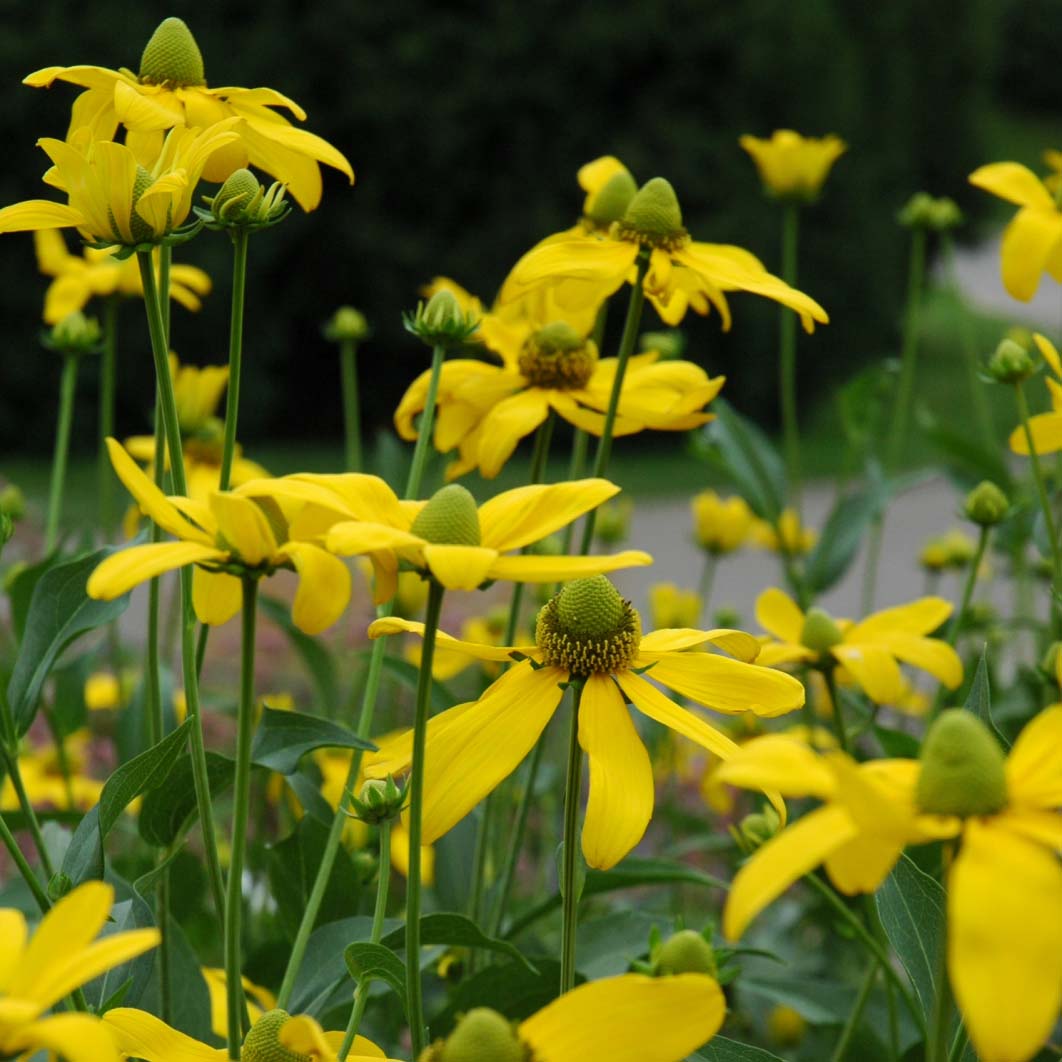
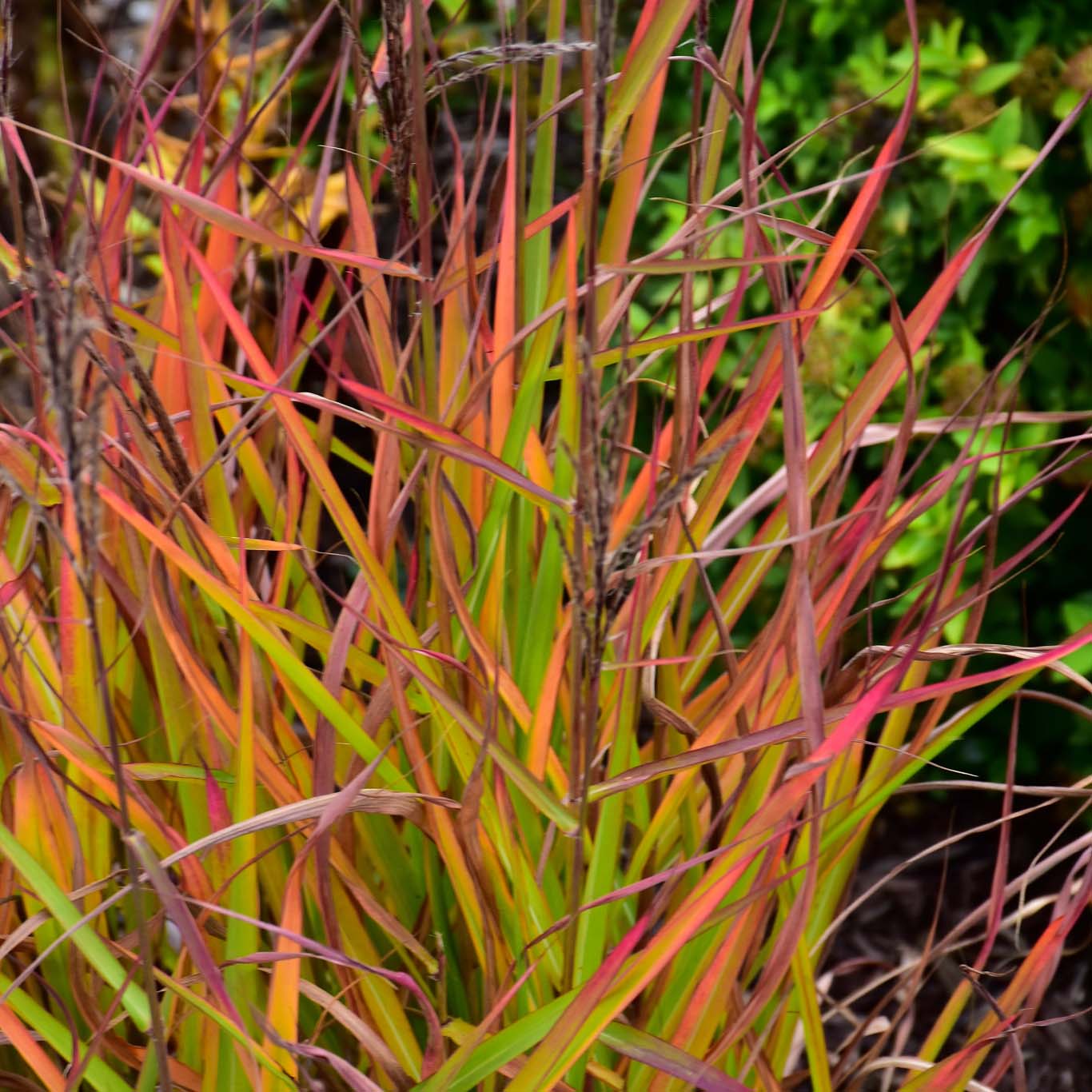
Roses
Roses are classic flowering shrubs known for their beauty and fragrance. To enhance the beauty of roses, consider planting companion plants like lavender, catmint, and salvia. Lavender offers fragrant blooms and silvery foliage that contrasts beautifully with the lush foliage of roses. Catmint provides spikes of lavender-blue flowers that attract pollinators and add a soft, billowy texture to the garden bed. Salvia attracts pollinators and adds vertical interest to the garden bed with its spiky blooms in shades of blue, purple, or red.

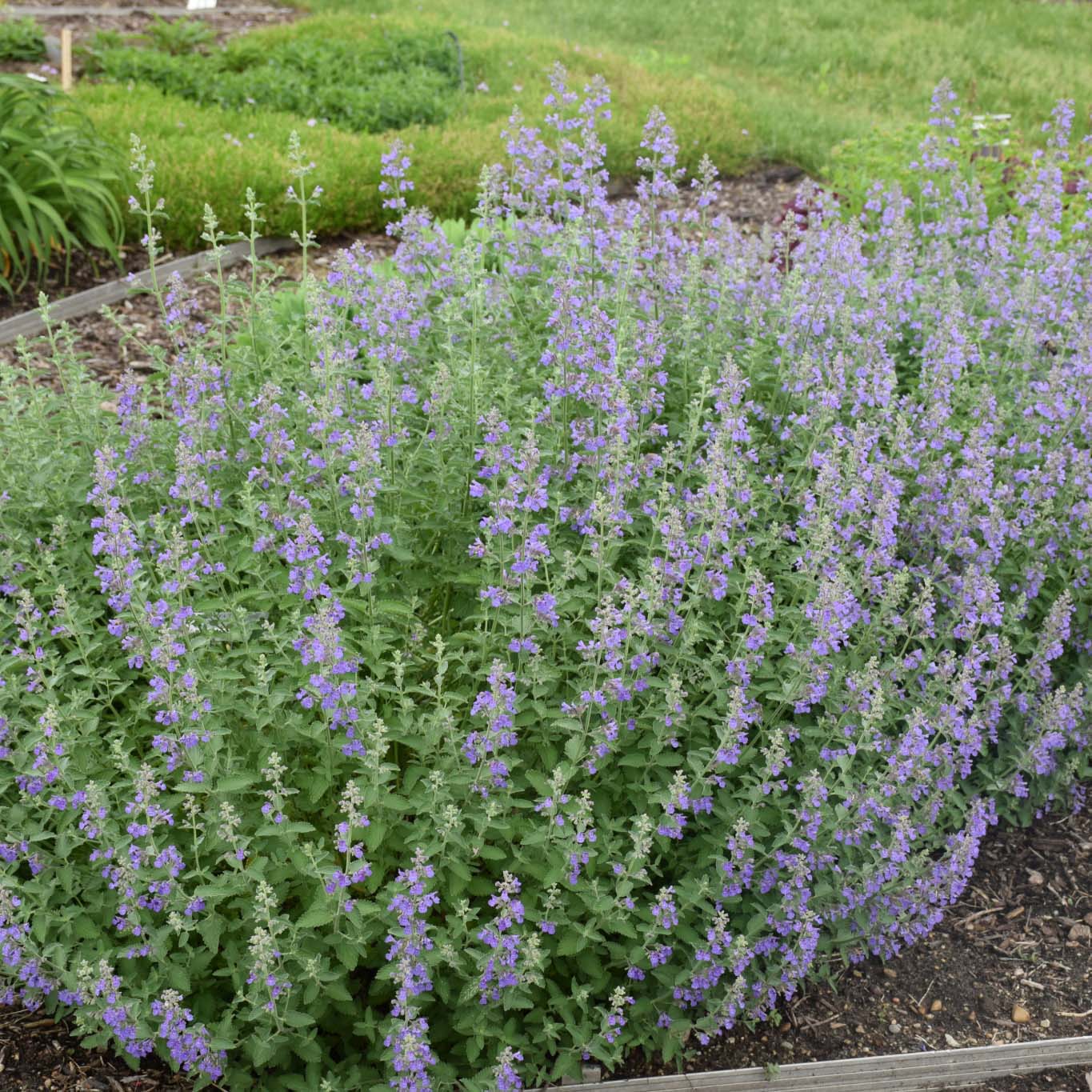

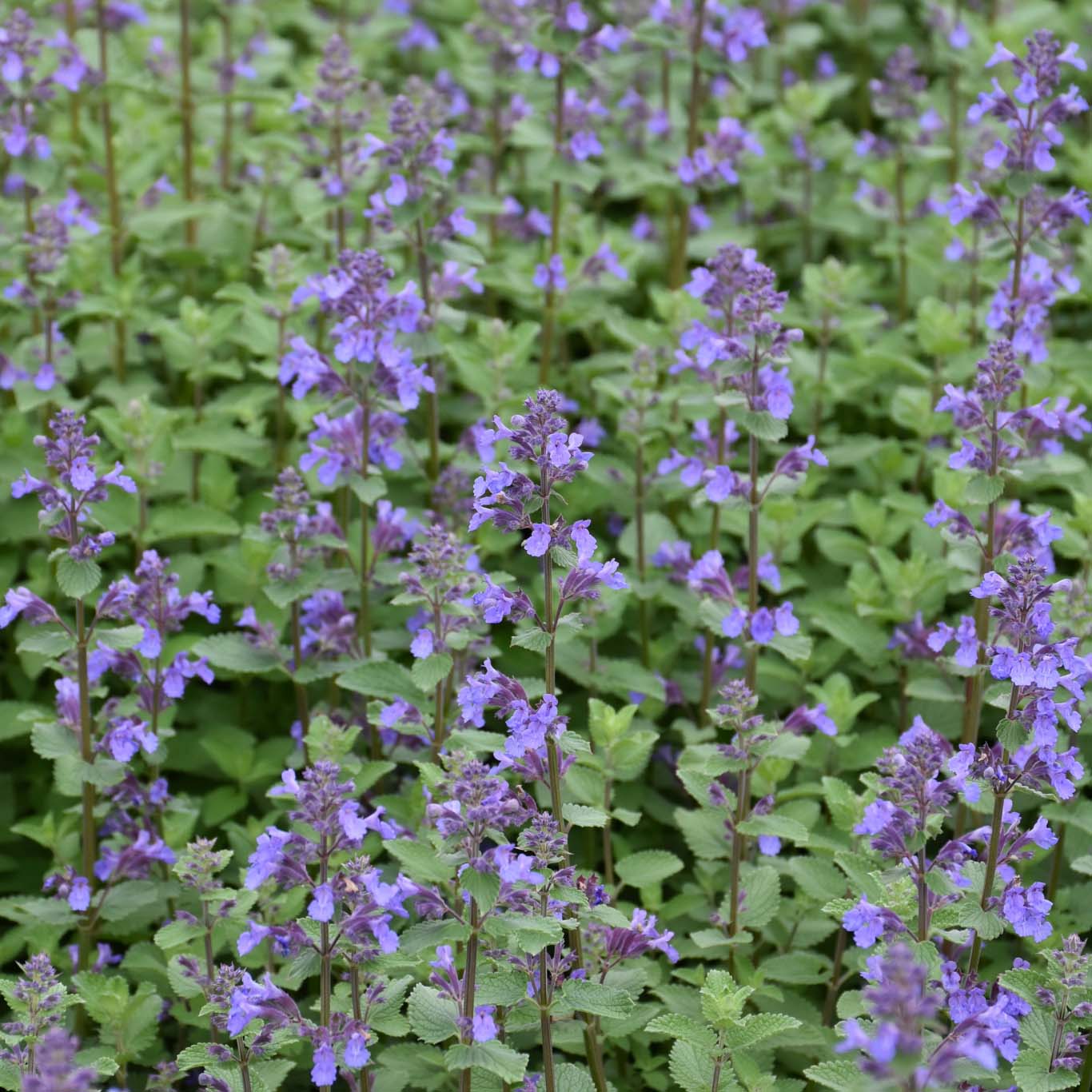
Rhododendrons
Rhododendrons are popular flowering shrubs with large, showy blooms that come in a variety of colors. To complement rhododendrons, consider planting companion plants like azaleas, ferns and hostas. Azaleas share similar growing conditions with rhododendrons and provide a stunning display of colorful blooms that complement the rhododendrons’ flowers. Ferns offer a lush, green backdrop to the rhododendron blooms and thrive in the shade provided by the shrubs. Hostas are shade-loving plants that complement the lush foliage of rhododendrons.
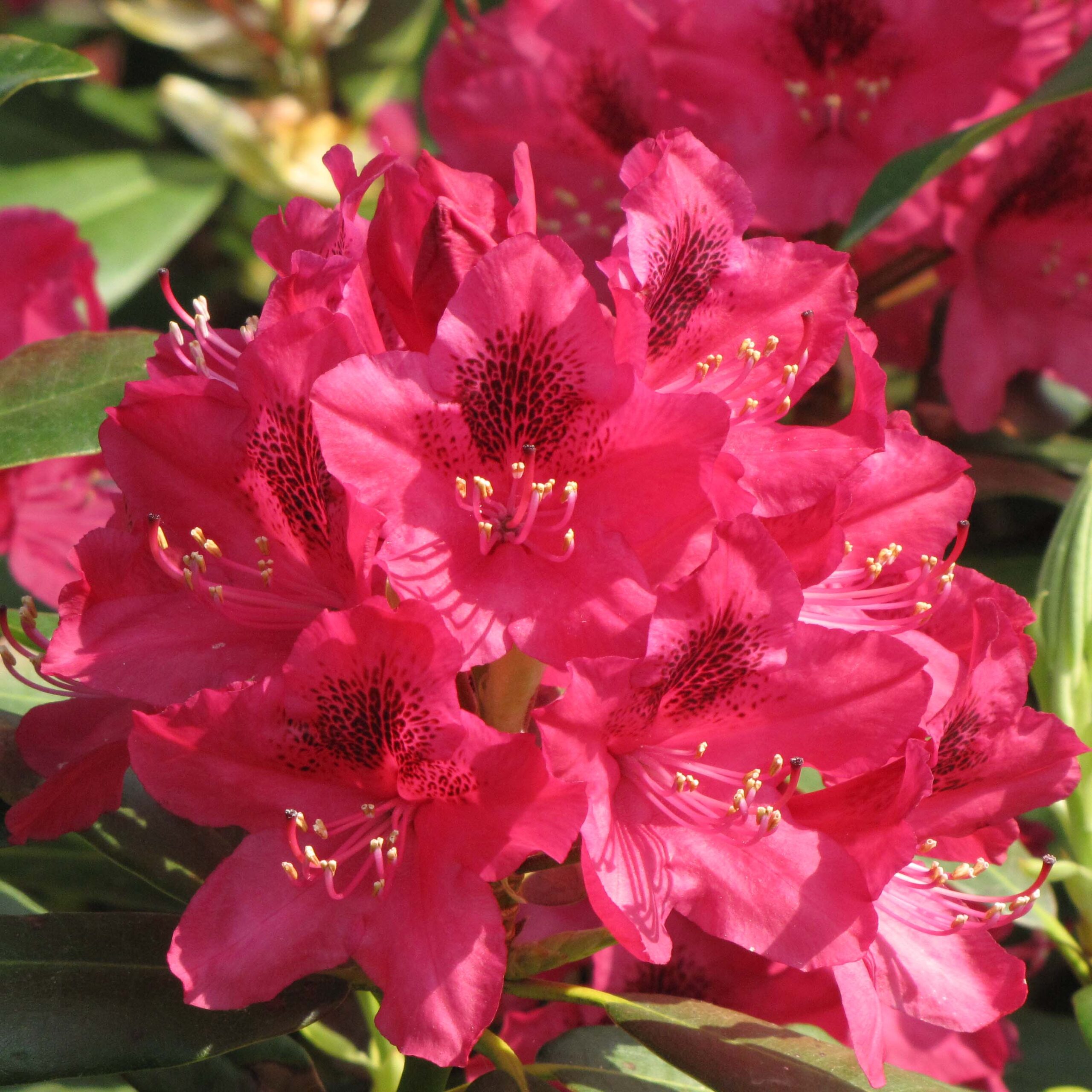
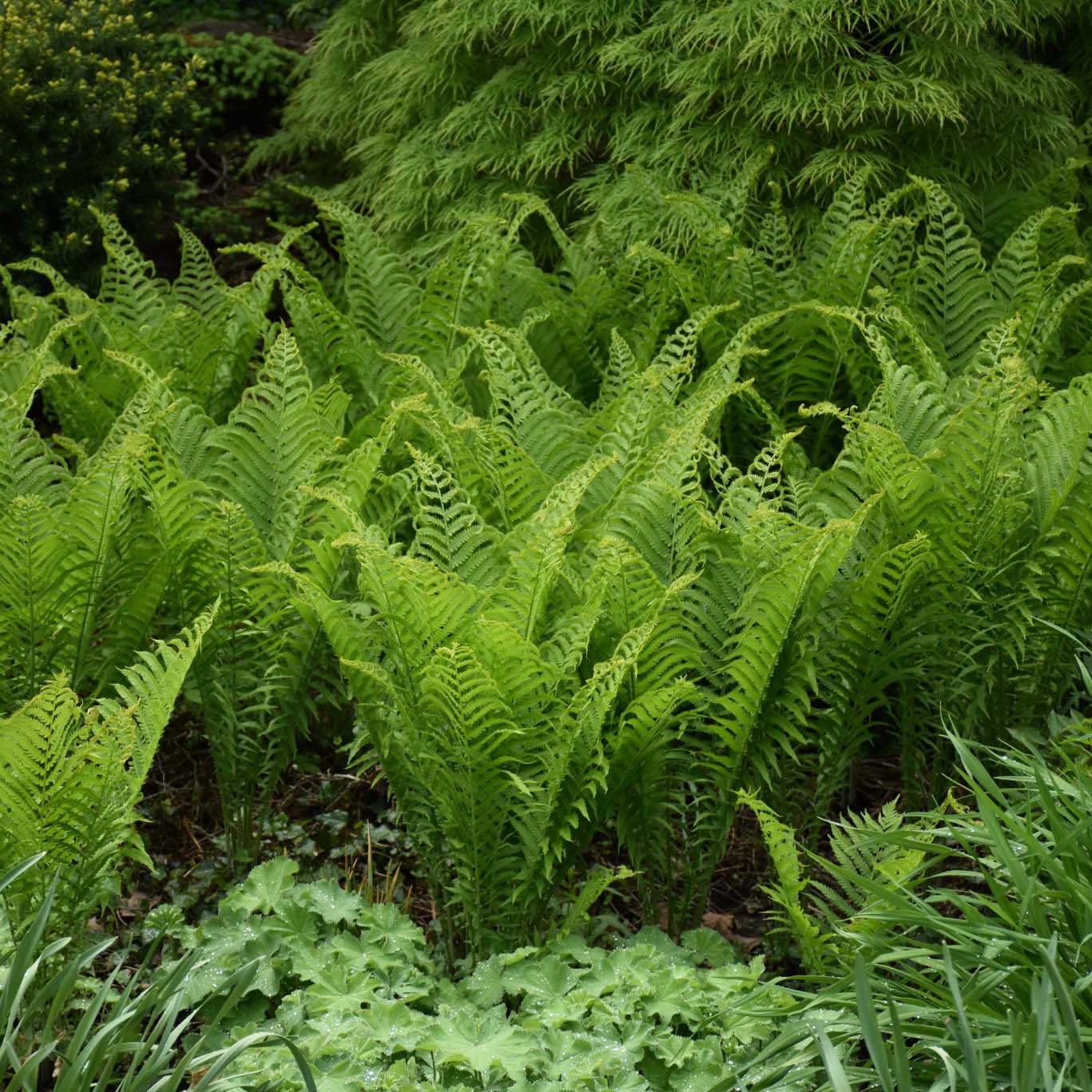
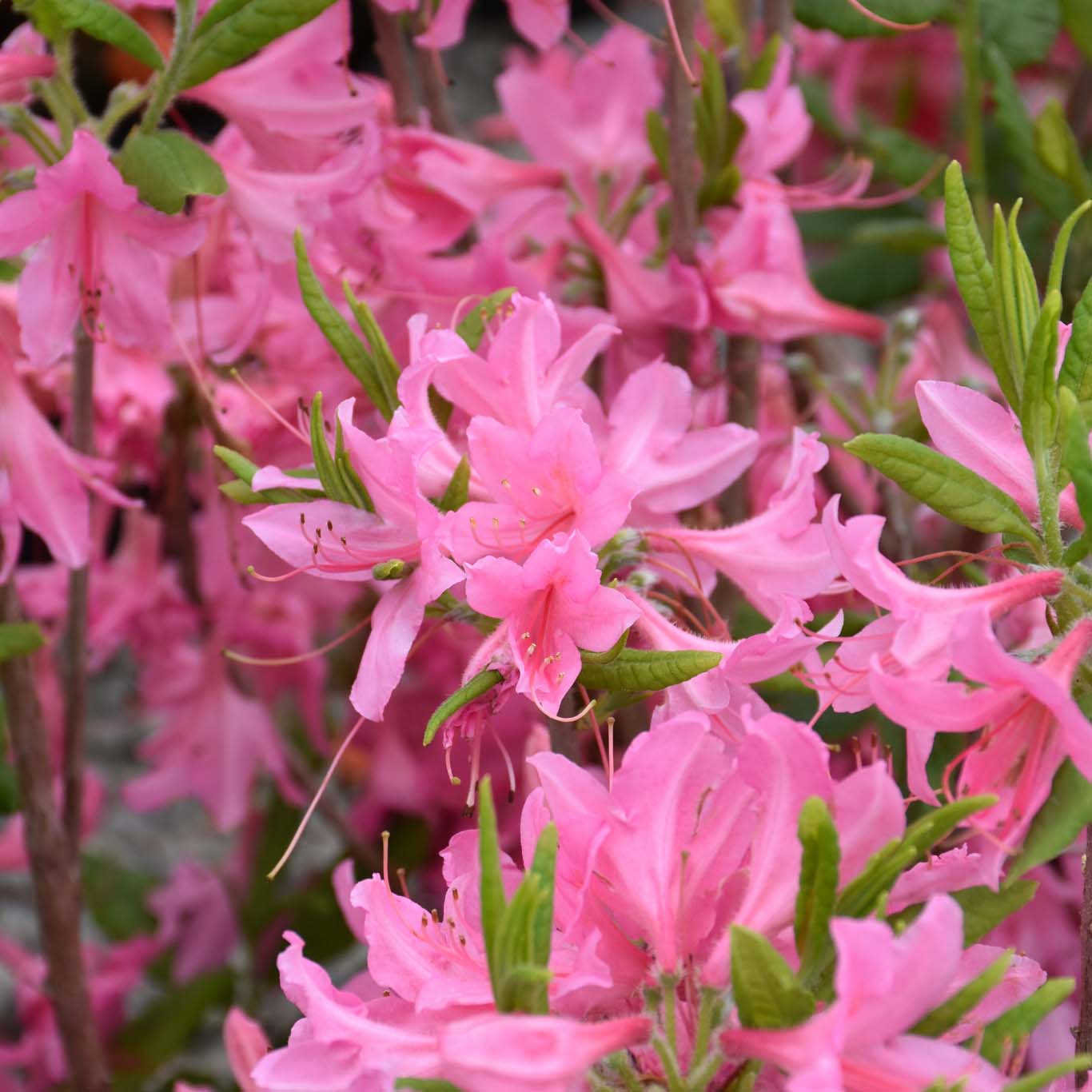

Rose of Sharon
Rose of Sharon, also known as Hibiscus syriacus, is a beautiful flowering shrub with large, showy flowers that bloom in late summer to fall. To complement Rose of Sharon, consider planting companion plants like Russian sage, butterfly bush, and ornamental grasses. Russian sage offers silvery foliage and spikes of lavender-blue flowers that contrast nicely with the Rose of Sharon’s blooms. Butterfly bush attracts pollinators with its fragrant, cone-shaped flowers in shades of purple, pink, or white, adding a burst of color to the garden bed. Ornamental grasses like fountain grass or maiden grass provide texture and movement to the landscape, creating a dynamic and visually appealing composition.
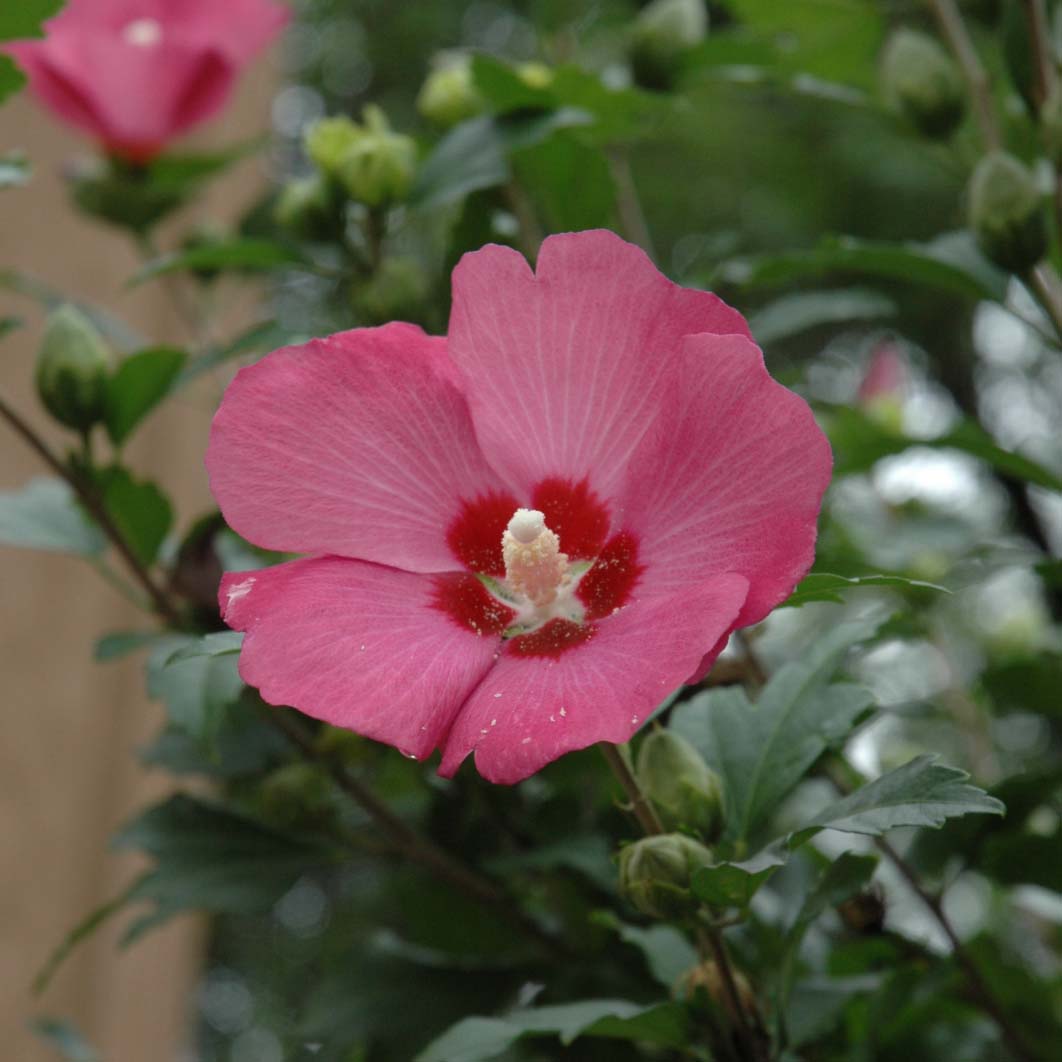
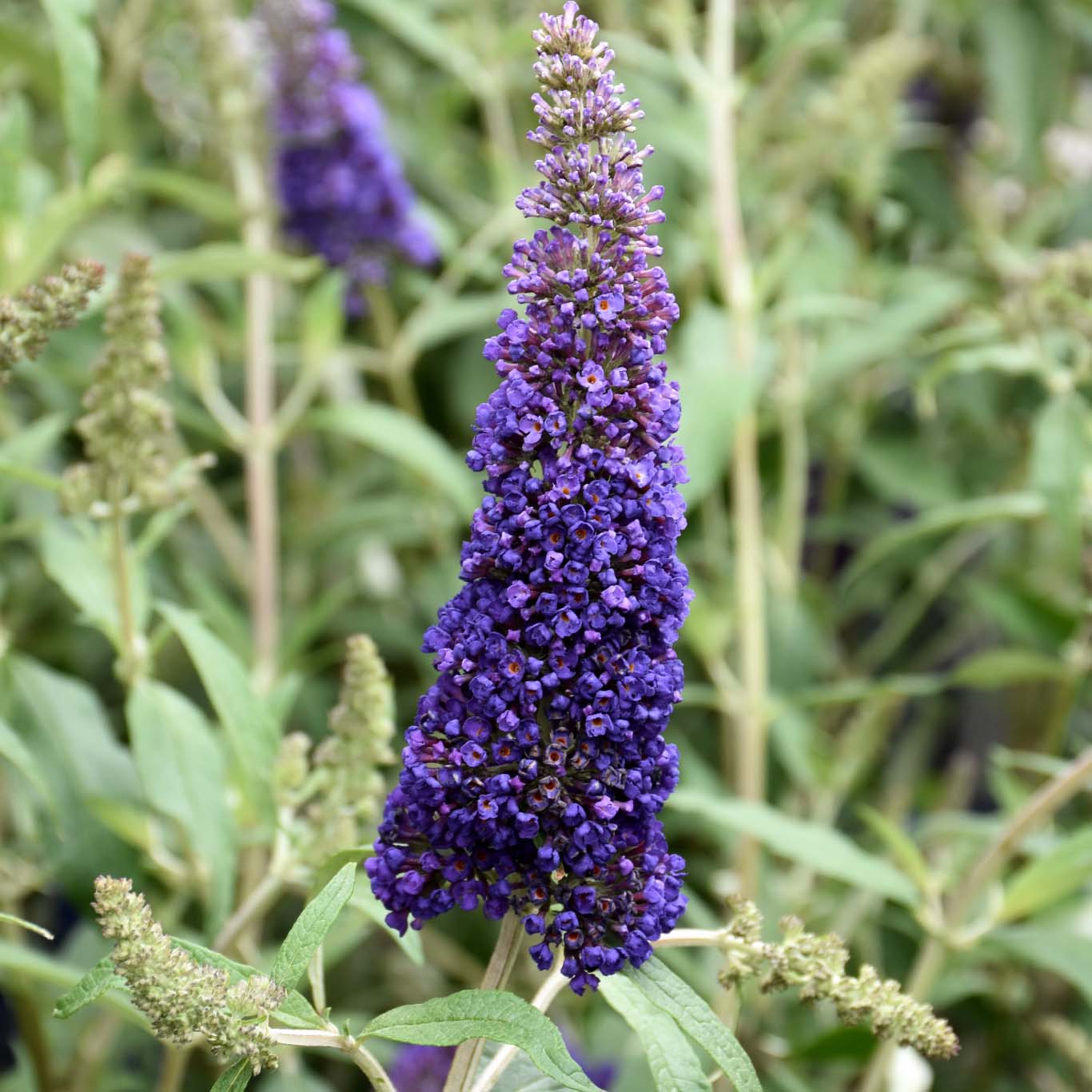
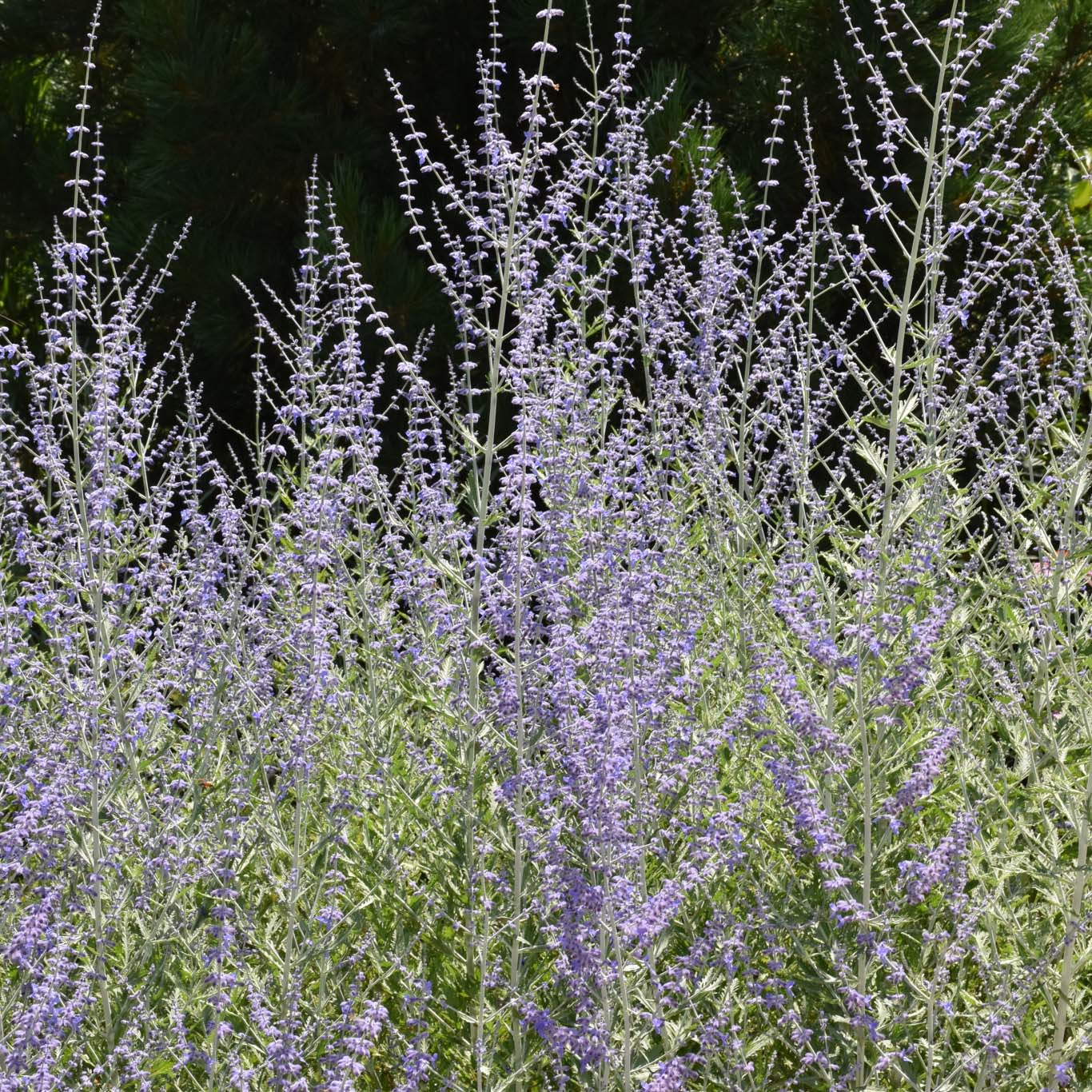
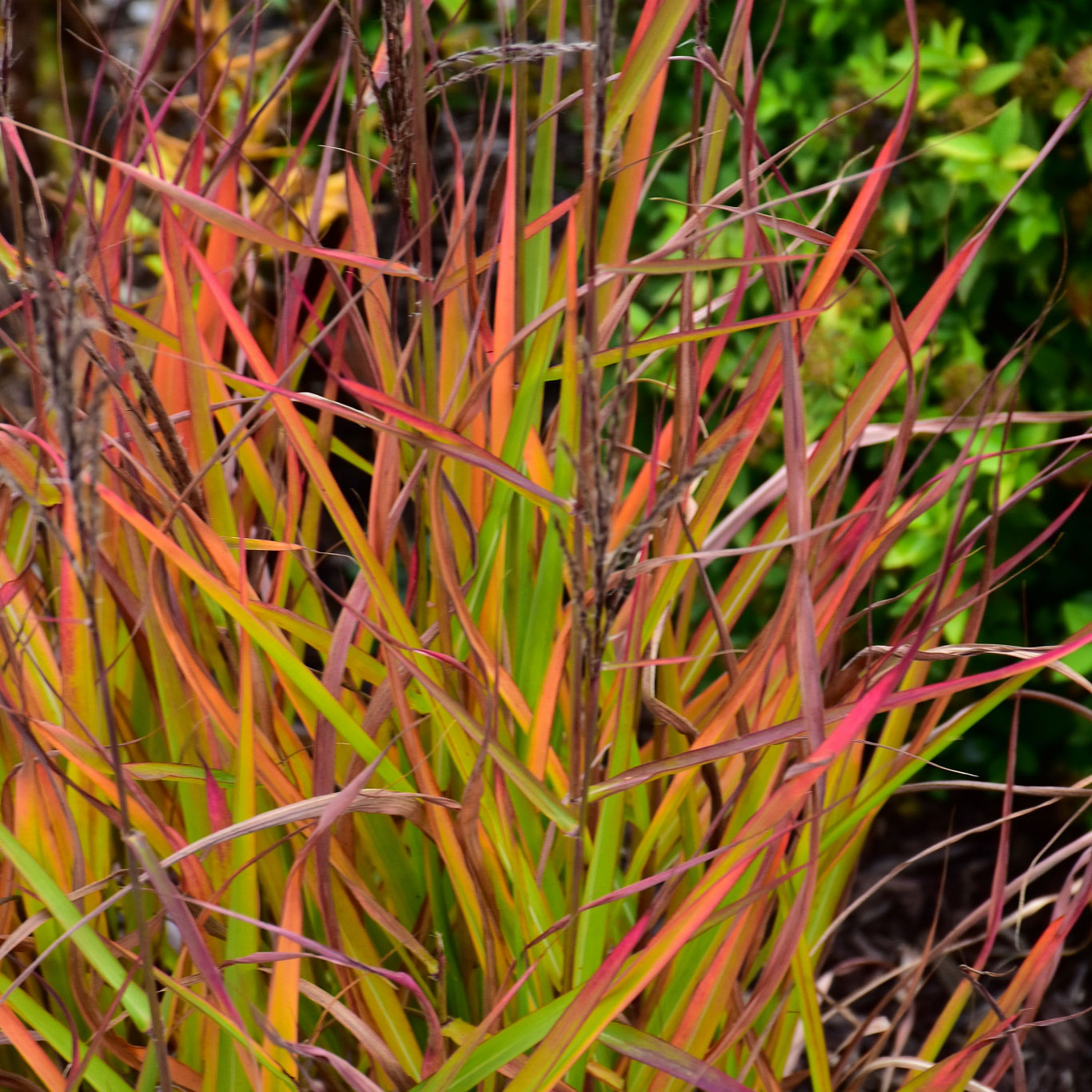
By selecting the right companion plants for your flowering shrubs in West Michigan, you can create a harmonious and balanced garden that thrives throughout the seasons. Visit Everett’s Gardens to explore a variety of companion plants and start transforming your landscape into a beautiful and vibrant outdoor space. With thoughtful planning and careful selection, you can create a stunning garden that showcases the beauty of your favorite flowering shrubs. Happy gardening!

